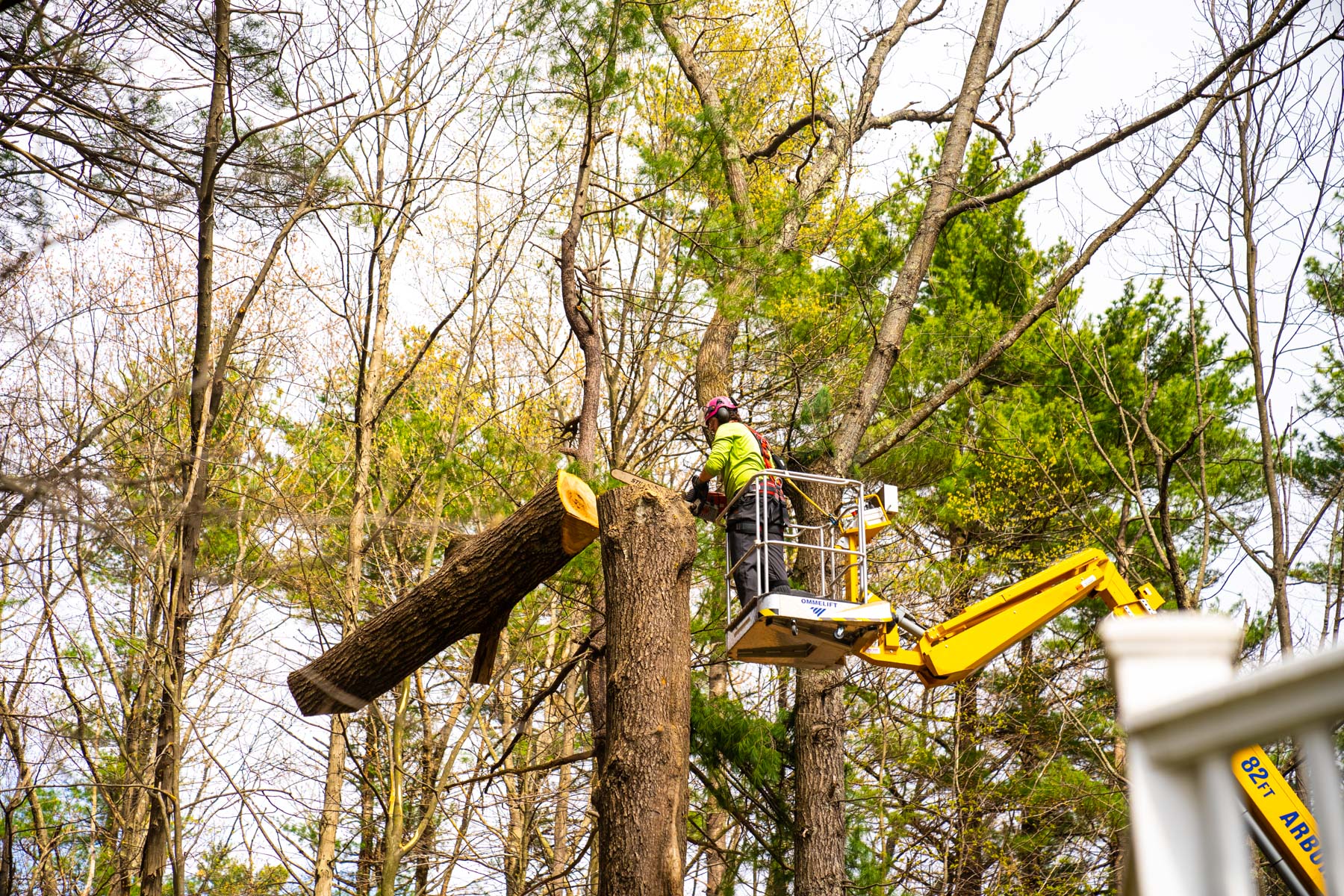All Categories
Featured
The elimination of trees can create open rooms that are vulnerable to weed intrusion. When trees exist, their dense covers often shade the ground, limiting the amount of sunshine that reaches the dirt. Nevertheless, after the removal of trees, these open areas obtain enhanced sunshine, giving optimal conditions for weed growth.

They may recommend the usage of mulch, which acts as a safety obstacle on the dirt surface, stopping weed seeds from sprouting and reducing weed growth.

The visibility of trees cultivates an abundant and varied area of dirt microorganisms. Tree roots offer a source of raw material, exudates, and nutrients that sustain the development and task of helpful dirt microbes. However, when trees are eliminated, the lack of their roots can interfere with the delicate balance of the dirt's microbial ecosystem.
How Do I Find A Wollongong Council Tree Removal Service?
This change in pH can affect nutrition schedule, microbial activity, and overall dirt health. To resolve the effects of tree cutting on dirt pH, tree removal experts can give beneficial recommendations. They may advise soil testing to examine the present pH levels and identify the necessary modifications. Based on the outcomes, professionals can suggest pH adjustment methods, such as including lime to elevate soil pH or incorporating elemental sulfur to reduce it.

It describes the compression of dirt particles, leading to decreased pore area and raised dirt thickness. This compaction can negatively impact the soil's capability to operate ideally, affecting its water-holding capability, nutrient availability, and root infiltration. Proper techniques employed by tree removal professionals can help lessen compaction and maintain the dirt's ability to keep water, and enable ample airflow and cautious equipment handling.
Latest Posts
What Is The Best Arborist Wollongong Service?
How Much Does Full Service Tree Cutting Wollongong Cost?
What Is The Best Wollongong City Council Tree Removal Company Near Me